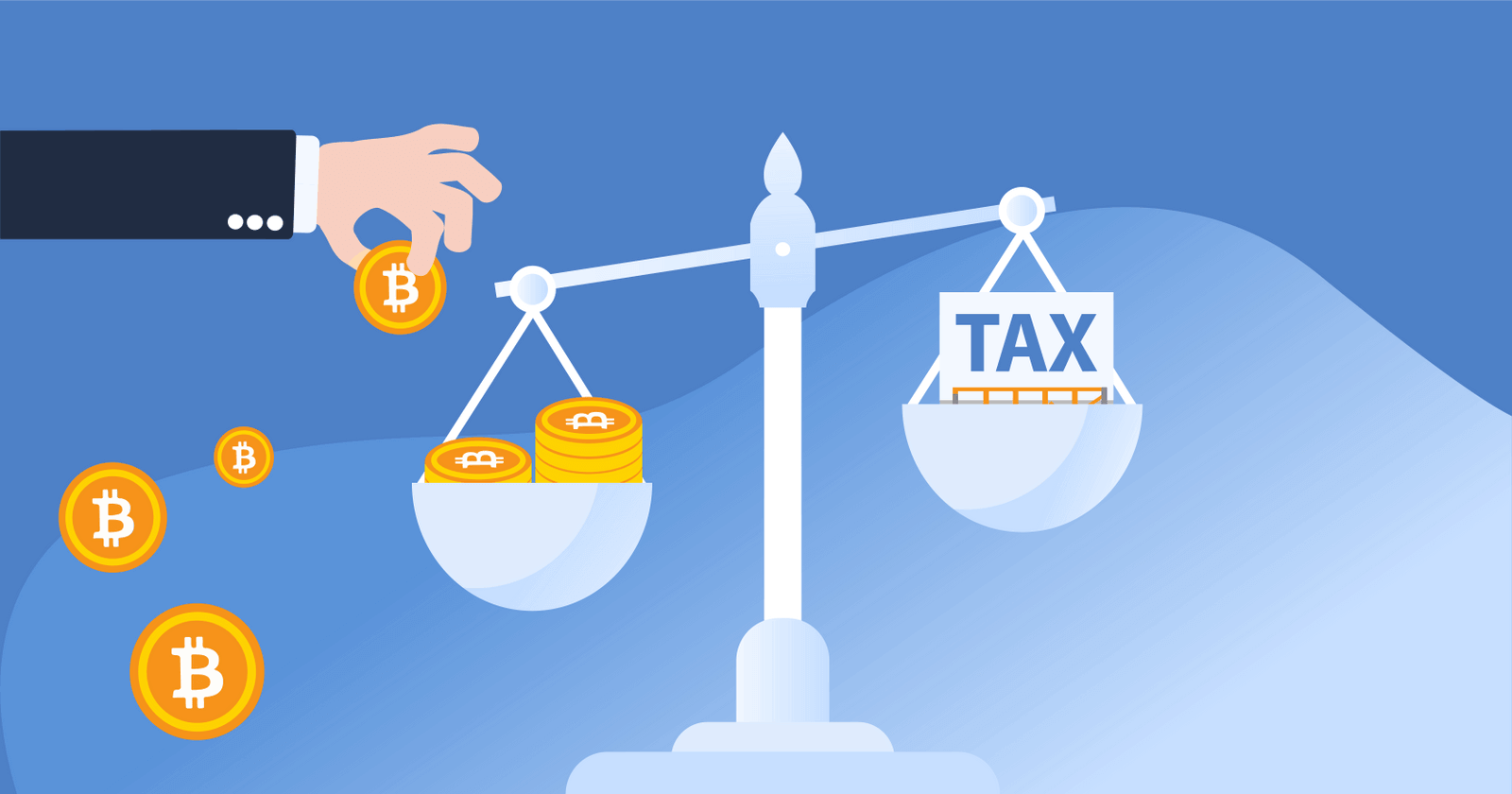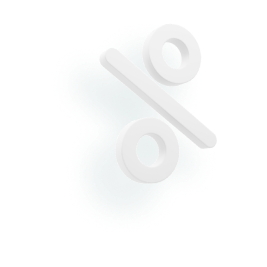

Key Takeaways
- Blur is a professional NFT marketplace known for offering zero-fee NFT trading and features for intermediate and advanced traders!
- When you take actions on Blur, you can potentially earn the BLUR token.
What is Blur?
Blur is an Ethereum-based NFT marketplace designed for intermediate and advanced NFT traders.
Blur offers advanced features like bulk buying, real-time analytics, and customizable royalties — and famously allows users to snipe hot NFTs before they’re listed on other marketplaces.
Blur was founded in 2022 by Tieshen Roquerre and Anthony Liu — originally known to users by their pseudonyms Pacman and Galaga. The pair met while they were both students at MIT, and founded Blur after Roquerre sold his previous company — a crypto domain service known as Namebase.
In 2023, Blur became famous for surpassing OpenSea in NFT trade volume.
Is Blur an Aggregator?
Blur is an NFT marketplace aggregator.
This means that Blur shows listings from various NFT marketplaces, including OpenSea and Rarible. This allows you to see the cheapest deals available for NFT collections that you’re interested in!
You can find most popular NFT collections on Blur — including Bored Ape Yacht Club, Azuki, and Pudgy Penguins!
Why should I use Blur?
Blur offers several advantages, including:
- Zero-Fee Trading: Blur has zero trading fees (though you will need to pay relevant blockchain gas fees).
- User Rewards: Blur offers incentives for buying and listing NFTs through the BLUR token!
- Sweeps: Blur allows users to do ‘sweeps’ — which means you can bulk buy the floor price of NFT collections. Many traders use this feature to collect NFTs before they become popular and gain significant value!

How to buy an NFT on Blur
- Click Connect Wallet: Visit the Blur homepage, then click the button that says ‘Connect Wallet’ on the top right. Follow all the steps to connect your wallet. Supported wallets include MetaMask, Walletconnect, Coinbase Wallet, and/or OKX Wallet. If you have trouble connecting your wallet, try clearing your browser cache and try again.

- Browse Listings: You can search collections on Blur using the ‘Collections’ tab or by using the search bar.
- Purchase: Select the desired NFT and click the ‘Buy’ button at the bottom of the screen. Then, confirm the transaction in your wallet.

How to List an NFT on Blur
1. Connect your wallet: Go to the Blur homepage and connect your wallet.
2. Go to the portfolio section: Click the ‘Portfolio’ tab on the top-left hand side. Here, you’ll see all the NFTs you currently own in your wallet.

3. Select the NFT: Select the NFT that you’re interested in selling, then click the button labeled ‘List’.

4. Set Terms: Here, you have the option to specify price and royalties. You have the option to automatically set the price based on Floor Price, Top Trait price, and Ladder price.

5. Confirm: Click the ‘List Item’ button, then confirm the transaction in your wallet.
Is Blur better than OpenSea?
While Blur is built for advanced and intermediate traders, OpenSea is a better choice for beginners new to the NFT ecosystem. The best platform for you depends on your personal situation.
Who is OpenSea better for?: OpenSea is a better choice for beginners to the NFT ecosystem.
Who is Blur better for?: Blur is a better choice for intermediate and advanced NFT traders, as well as traders who value decentralization.
Is Blur more popular than OpenSea?
According to Dune Analytics, here’s how Blur and OpenSea compare on key metrics.
Higher user count: OpenSea
Higher trade count: OpenSea
Higher trade volume: Blur
It’s likely that this difference can be attributed to the fact that OpenSea is designed for beginners, while Blur is designed for advanced users who have more expensive transactions.
Some critics claim that many of the trades on Blur are ‘wash trades’ — in other words, trades that generate no economic value for the traders and are done simply to earn incentives.
Is Blur safe?
Blur is considered safe and is trusted by more than 300,000 NFT investors.
However, it’s important to be vigilant when using any NFT marketplace. In the past, users have lost their cryptocurrency due to fake airdrops from websites impersonating Blur and phishing scams.
What is the Blur token and how is it used?
The BLUR token is the native currency of the Blur platform, built on Ethereum.
BLUR is used as an incentive to encourage users to participate in the platform.
51% of BLUR was distributed as an airdrop to early users. 39% of BLUR was allocated towards a treasury — where cryptocurrency will eventually be distributed as incentives.
BLUR allows holders to participate in community governance of the Blur platform and benefit from potential price appreciation. BLUR holders can vote on important decisions concerning the future of the marketplace.
How do perpetual loans on Blur work?
Blur supports peer-to-peer NFT loans through its lending platform — Blend.
Blend allows users to list NFTs as collateral, then helps them select a price and interest rate for interested lenders. If a lender accepts the terms of the contract, the NFT is transferred to a vault and the borrower receives the loan proceeds.
NFT loans on Blend are called perpetual loans because they do not have an expiration date. They continue until the borrower pays off the loan in full or the lender terminates the contract, triggering a refinancing auction. In an auction, the loan contract is offered for sale in an auction. If no lenders pick up the contract, the lender can claim the NFT collateral.
While NFT loans on Blend can be a great way to get access to capital, it’s important to keep in mind the risk of liquidation before getting started.
Has there been any controversy around Blur?
In 2023, some NFT traders accused Blur of crashing the NFT market.
Many NFT investors accused Blur of spending millions of dollars in airdrop incentives that motivated users to lower the floor price on popular projects. In addition, Blend was used to take out risky NFT loans — which were then liquidated when the market crashed.
Blur’s co-founder responded to the criticism by saying that since the platform was launched, some projects’ floor prices went up, while others went down.
How are transactions on Blur taxed?
NFTs are taxed similarly to other crypto-assets.
Capital gains tax: When you buy an NFT with cryptocurrency, you’ll incur a capital gain or loss depending on how the price of your crypto changed since you originally received it. You’ll also pay capital gains tax when you sell or trade away your NFTs.
Income tax: Airdrop rewards from Blur will be taxed as income. If you’re a creator, you’ll recognize ordinary income from all of your revenue from NFT sales.
Conclusion
Blur is a great choice for a NFT marketplace because of its zero fee structure and its generous rewards program. If you’re a seasoned NFT trader, chances are that Blur is the best platform for you.
Frequently asked questions
How we reviewed this article
All CoinLedger articles go through a rigorous review process before publication. Learn more about the CoinLedger Editorial Process.

CoinLedger has strict sourcing guidelines for our content. Our content is based on direct interviews with tax experts, guidance from tax agencies, and articles from reputable news outlets.




























%20(1).png)





.png)
















